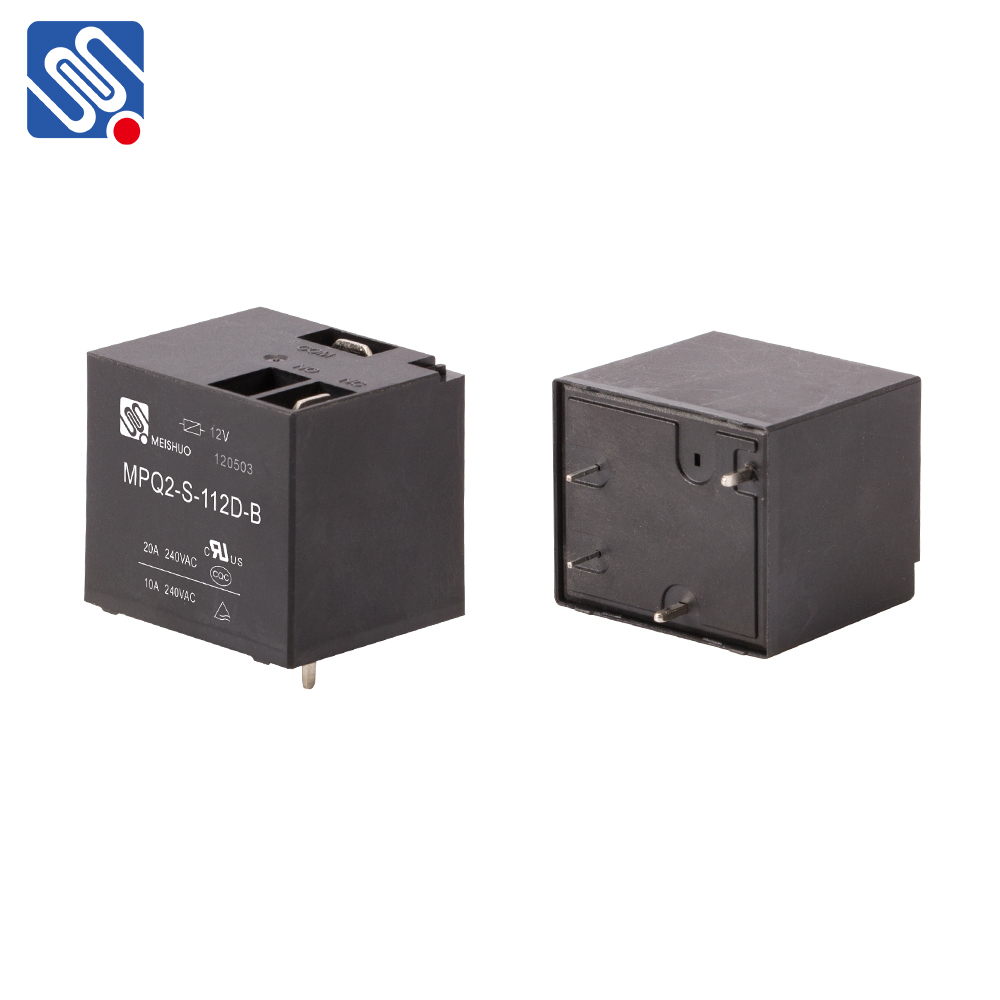exploring the 12v 30a relay: function, applications, and advantages
Release time:2025-05-01 11:05:02
A 12V 30A relay is a commonly used electrical component that plays a vital role in various industries, from automotive to home automation systems. Relays are electrically operated switches that enable a low-power circuit to control a high-power circuit, allowing devices to perform actions without directly connecting high voltage or current. The 12V 30A relay, in particular, is designed to handle a voltage of 12 volts and currents up to 30 amperes, making it suitable for numerous heavy-duty applications. This article will explore the functionality, uses, and advantages of the 12V 30A relay.

What is a 12V 30A Relay?
A relay is a type of switch that opens or closes a circuit under the control of an electrical signal. The term "12V" refers to the voltage required to energize the relay’s coil, which is typically powered by a 12V DC (direct current) source. "30A" indicates that the relay can handle a current of up to 30 amperes through its contacts. In essence, a 12V 30A relay enables a 12V signal to control a much higher electrical load, allowing high-power devices to be switched on or off with ease.
The relay consists of an electromagnet (the coil), a set of contacts (usually three: Common, Normally Open (NO), and Normally Closed (NC)), and a mechanical armature that moves when the coil is energized. When the 12V signal is applied to the coil, the armature shifts, either making or breaking the contact between the common and the NO/NC terminals, depending on the type of relay configuration.

